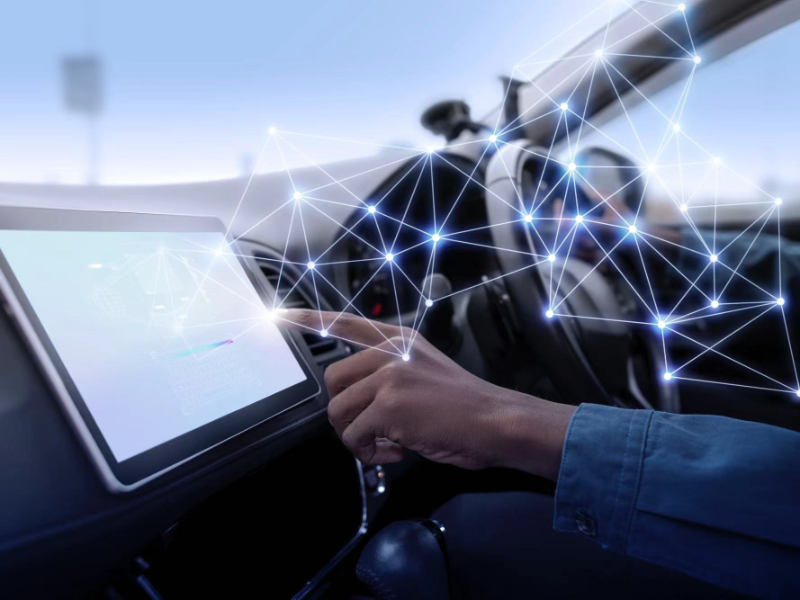- Early experiments with self-driving technology began in the 1920s and 1930s, laying the groundwork for future developments.
- The Stanford Cart in the 1980s and Carnegie Mellon University’s Navlab project significantly advanced autonomous vehicle technology.
- Google’s self-driving car project, launched in 2009, demonstrated the viability of autonomous vehicles on public roads, accelerating industry progress.
Early concepts and experiments
The 1920s and 1930s: The idea of self-driving cars can be traced back to the early 20th century. In the 1920s and 1930s, radio-controlled cars were demonstrated in the United States. These vehicles were rudimentary and far from what we consider autonomous today, but they laid the groundwork for future developments.
The 1950s and 1960s: During the 1950s and 1960s, researchers and automakers began exploring the potential of self-driving technology more seriously. General Motors (GM) showcased its “Firebird II” concept car in 1956, which featured an automated guidance system. However, the technology was not yet mature enough for practical application.
Also read: UK aims for fully self-driving cars by 2026
Also read: Apple cuts jobs after dropping self-driving car plans
The first true self-driving car
Stanford cart (1980s): One of the earliest examples of a true self-driving car emerged from Stanford University in the 1980s. The “Stanford Cart,” developed by a team led by Hans Moravec, was an autonomous vehicle capable of navigating obstacles in a controlled environment. Although its capabilities were limited, the Stanford Cart demonstrated the feasibility of autonomous navigation.
Navlab (1980s and 1990s): Another significant milestone came from Carnegie Mellon University (CMU) with the Navlab project. Throughout the late 1980s and 1990s, CMU researchers developed a series of autonomous vehicles under the Navlab program. These vehicles incorporated sensors, cameras, and computing power to navigate complex environments, contributing significantly to the development of self-driving technology.
Modern advancements
DARPA challenges (2000s): The Defence Advanced Research Projects Agency (DARPA) played a crucial role in accelerating the development of self-driving cars in the 2000s. The DARPA Grand Challenge (2004) and Urban Challenge (2007) were competitions that invited teams to build autonomous vehicles capable of navigating challenging courses. These challenges spurred innovation and led to significant advancements in self-driving technology.
Google’s self-driving car (2009): In 2009, Google launched its self-driving car project, later known as Waymo. This initiative marked a turning point in the industry, with Google’s fleet of autonomous vehicles successfully navigating public roads. The project’s success demonstrated the viability of self-driving technology and accelerated its development.
The future of self-driving cars
Current developments: Today, numerous companies, including Tesla, Uber, and traditional automakers, are investing heavily in self-driving technology. Advances in artificial intelligence, sensors, and computing power continue to push the boundaries of what autonomous vehicles can achieve. The focus is now on refining these technologies to ensure safety, reliability, and scalability.
Potential impact: The widespread adoption of self-driving cars promises to revolutionise transportation. Potential benefits include reduced traffic accidents, improved traffic flow, enhanced mobility for individuals unable to drive, and significant environmental advantages through optimised driving patterns and increased use of electric vehicles.

